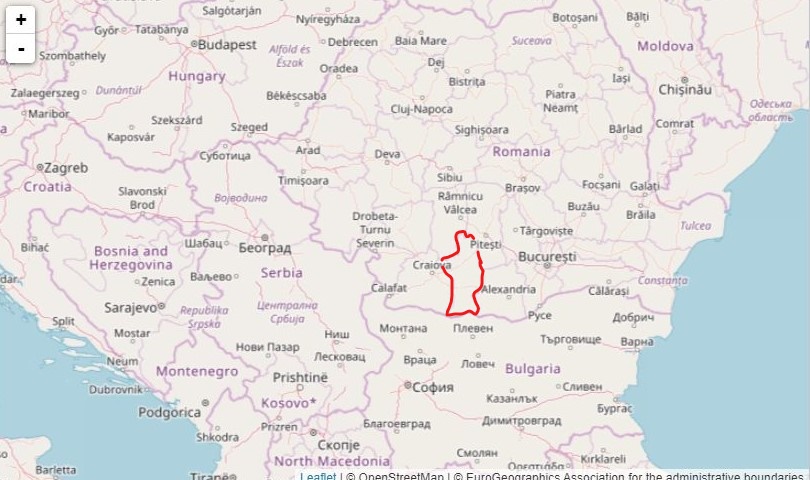The water and wastewater infrastructure in Olt Country, Romania, will be upgraded and extended to improve access to safe drinking water and sewage collection and treatment. This will contribute to Romania’s compliance with the relevant EU Directives and to its socio-economic development.
Better access to drinking water and sewage collection in Olt County, Romania
- 08 March 2021
Water supplied to a large part of the county’s population does not meet the requirements of the EU’s Drinking Water Directive. The network does not supply the entire population and, in those areas where it does, the infrastructure is old and in poor condition, causing water losses and intermittent supply.
More people can access safe drinking water
The project will improve access to safe, compliant drinking water in the 14 water-supply systems in Olt County. The proportion of those connected to the water-supply system will increase from 67 % in 2018 to 92.9 % by 2023, when the project’s operational phase begins. It is anticipated that the population within the project area will be 172 491 in 2023, compared to 186 655 in 2018. Water losses will be reduced from 50 % before implementation of the project, to 30 % after its completion.
The work will involve extending the supply network by 220.72 km and rehabilitating 96.58 km of the existing network. In total, 53.25 km of transmission mains will either be replaced or repaired and 10.46 km will be laid.
Seven drinking-water treatment plants will be built and seven existing ones renovated. A total of 79 wells will be rehabilitated and 30 new ones drilled. Thirteen drinking-water pumping stations will be built and six renovated.
Additional equipment will be included to ensure effective maintenance and operation. This includes a mobile laboratory with video-inspection equipment, a vacuum extractor to enable safer digging, and four front loaders, one each for the cities of Slatina, Caracal, Balș and Corabia.
Lack of sewage infrastructure
In the project area covering 16 agglomerations, compliant wastewater treatment services are only provided for a population equivalent (PE) of 71 293, or 35 % of the total PE.
In areas with a PE over 2 000, including urban areas, there is a lack of sewage treatment and collection facilities. Those areas connected to the water-supply network have insufficient sewage collection. The existing wastewater treatment plants do not comply with the EU’s Urban Wastewater Treatment Directive, specifically for sludge treatment and storage facilities.
The work will involve extending the wastewater network by 259.08 km and rehabilitating 37.87 km of the existing system. A further 64.41 km of discharge pipes will be laid. Ten wastewater pumping stations will be renovated and 156 new ones built.
Two treatment plants will be rehabilitated and nine others either built or extended. At the Slatina wastewater treatment plant, work will include extending the storage facilities for treated sludge and improving sewage-transfer facilities.
A healthier environment
The project will contribute to socio-economic development in Olt County by improving living standards for residents in rural areas. Both the construction and implementation phases of the project will create jobs.
The new infrastructure will reduce leaks and the inconvenience of supply disruptions while saving residents and authorities both water and money.
Reduced infiltration of sewage into the ground will ensure less contamination of the soil and drinking-water sources, to the benefit of both the environment and the population.
Total investment and EU funding
Total investment for the project “Regional project for the development of water and wastewater infrastructure in Olt county” is EUR 285 728 710, with the EU’s Cohesion Fund contributing EUR 175 936 034 through the “Large Infrastructure Operational Programme” Operational Programme for the 2014-2020 programming period. The investment falls under the priority “The development of environmental infrastructure based on an efficient management of resources”.

